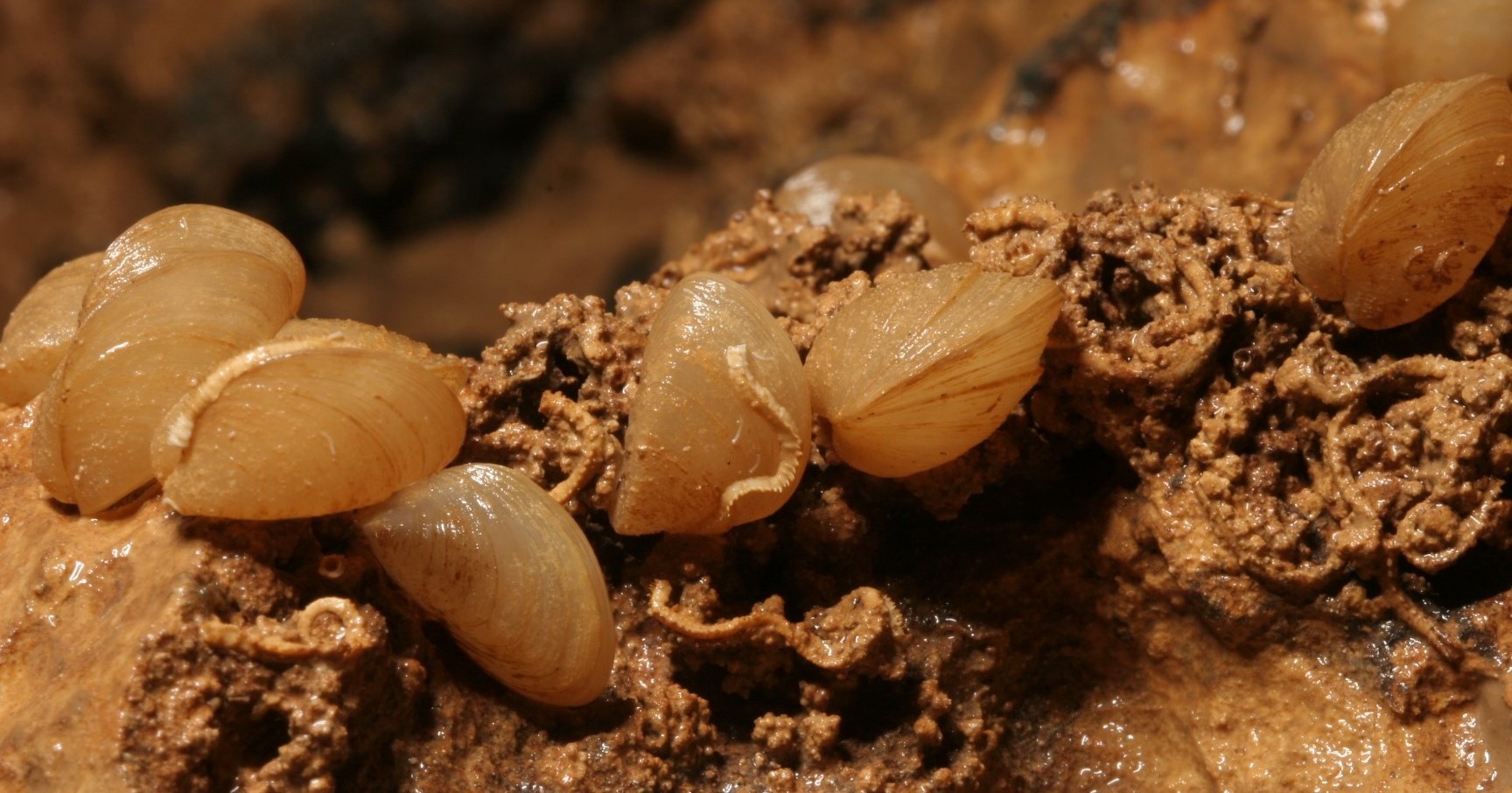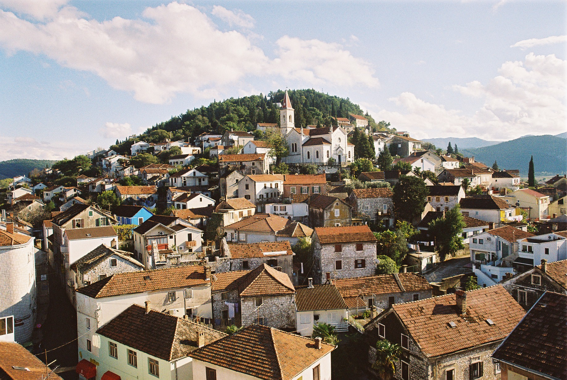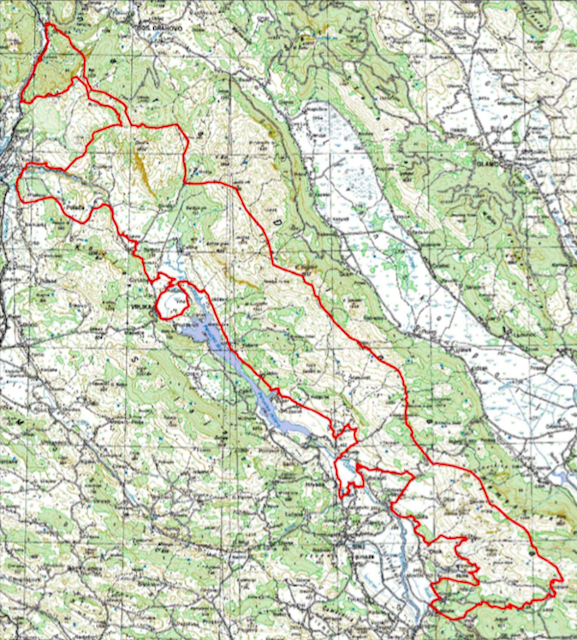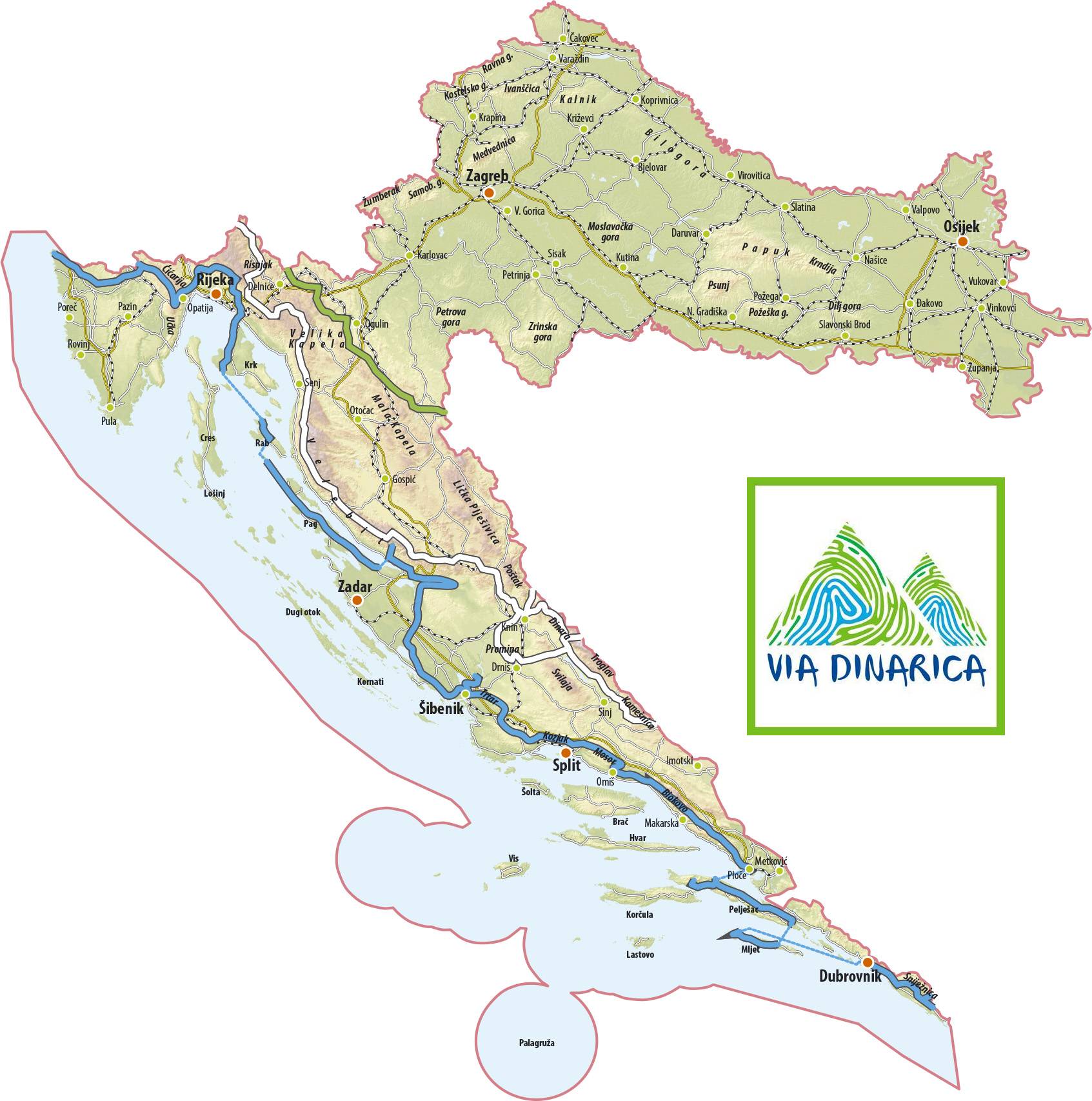Croatia's Environmental Affairs in 2021: New Nature Park, Progress in Waste Sorting
ZAGREB, Jan 2021 - Croatia's environmental affairs in 2021 were marked by the declaration of Dinara as the 12th nature park and the awarding of the status of UNESCO designated site to the Mura-Drava-Danube Biosphere Reserve.
On 5 February, the Croatian parliament unanimously adopted a law declaring Mount Dinara the 12th nature park in Croatia. The nature park encompasses Croatia's section of Mount Dinara as well as Mt Troglav and Mt Kamešnica, the upper course of the Cetina River and the Hrvatačko, Paško, and Vrličko karst fields. It extends over two counties - Split-Dalmatia and Šibenik-Knin -- measuring almost 63,000 hectares in area. Dinara is part of the Dinaric Alps, also commonly known as the Dinarides, a mountain range in Southern and Southeastern Europe.
On 15 September, UNESCO's international coordinating council designated the transboundary biosphere reserve which stretches along the Drava, Mura, and Danube Rivers as the first biosphere reserve extending through five countries: Austria, Slovenia, Croatia, Hungary, and Serbia. The Mura, Drava, and Danube Rivers form a 700-kilometer-long green belt, also known as the Amazon of Europe, connecting almost a million hectares of unique terrain with significant natural and cultural heritage, becoming the first five-country biosphere reserve in the world.
Legislative activities in environment protection
In July, the Croatian parliament passed a law banning the use of plastic carrier bags that are between 15 and 50 microns thick as of 1 January 2022, while other types of plastic bags will be phased out in the coming period.
A project aimed at better management of plastic waste has begun, and the first comprehensive national statistical survey on food waste was conducted.
The Ministry of Economy and Sustainable Development said that a strong positive trend of waste separation, collection, and recycling continued.
The waste sorting rate in 2020 was 41%, rising by 15 percentage points since 2016. Of the total municipal waste, 56% was landfilled and 34% recovered, which is an increase of 13 percentage points compared with 2016.
Prelog among best towns in Europe in sustainable waste management, Šibenik builds Bikarac waste management plant
In mid-December, the Zero Waste Europe network published new best sustainable waste management practices in Europe, including those in the northern Croatian town of Prelog and 11 neighboring municipalities.
Prelog, the first Croatian town to adopt a zero-waste strategy, and 11 neighboring municipalities (Belica, Donja Dubrava, Donji Vidovec, Sveta Marija, Goričan, Donji Kraljevec, Kotoriba, Dekanovec, Domašinec, Martijanec, Podturen), improved their result in total waste sorting from 57.25% in 2019 to 65.23% in 2020.
On 21 December, the City of Šibenik's waste management center began a test run of the HRK 245 million Bikarac waste management plant, with Economy and Sustainable Development Minister Tomislav Ćorić praising Šibenik for setting an example to other cities on how to resolve the issue of waste management. Currently, about 73,000 tonnes of waste is delivered to Bikarac with more than 40,000 tonnes of municipal waste. The capacity of the mechanical-biological plant is to process about 70,000 tonnes of waste a year.
In June, Parliament adopted the national low carbon development strategy until 2030 with an outlook until 2050.
For more, check out our lifestyle section.
Indigenous Croatian Species Congeria Kusceri Up For 'Mollusc of the Year'
January 20, 2021 – Let's be honest, Croatia has a lot more photogenic inhabitants than this. But, from over 120 molluscs registered, the indigenous Croatian species Congeria kusceri have been chosen as one of the top five finalists in this year's Mollusc of the Year competition.
There's actually quite a good reason why Congeria kusceri isn't so photogenic – it lives underground. In fact, Congeria kusceri comes from the Congeria genus, which are the only known freshwater underground shellfish in the world. Most of this genus has sadly become extinct. However, three members of the family survive in this region - Congeria jalzici which can be found in Slovenia, northern Velebit and northwestern Lika, Congeria mualomerovici which lives in the Sana basin in Bosnia, and Congeria kusceri which is endemic to underground cave systems of the Neretva and Trebišnjica basins in Herzegovina and southern Dalmatia. Although, that wasn't always the case. Congeria kusceri are albino molluscs, having lost their pigmentation while living away from sunlight. They live in southern Dalmatia, whose strongly supported football club, Hajduk Split, are also associated with the colour white © The Croatian Biospeleological Society (CBSS)
Congeria kusceri are albino molluscs, having lost their pigmentation while living away from sunlight. They live in southern Dalmatia, whose strongly supported football club, Hajduk Split, are also associated with the colour white © The Croatian Biospeleological Society (CBSS)
The ancestors of these molluscs used to live on the surface of lakes. Some of the molluscs followed the flow of water downstream and ended up inhabiting cave systems underground. Those which were able to adapt to a life of complete darkness survived. Having existed for so long in such a sunless environment, Congeria kusceri have lost their pigmentation - another reason we might consider them unphotogenic.
Congeria kusceri is on the Croatian Red List of Cave Fauna, in the category of critically endangered species, and at the European level, it is protected by the Directive on the Protection of Natural Habitats and Wild Fauna and Flora of the European Union. It is extremely rare. To date, these molluscs have been found in only fifteen underground locations of the Dinaric karst region. The Predolac hill in Metković © Jure Grm
The Predolac hill in Metković © Jure Grm
The largest living colony of Congeria kusceri that we so far know about can be found at the foot of the Predolac hill in Metković. Congeria kusceri is around two centimetres in length. Once part of a flourishing mollusc family, most of the Congeria genus died out around five million years ago. The genus was considered to be entirely extinct until shells of recently deceased individuals were found near Vrgorac in 1934. Congeria kusceri's new cousins - Congeria jalzici and Congeria mualomerovici – were only described and recognised as distinct sub-species as recently as 2013.
The Mollusc of the Year competition is run by the Senckenberg Research Institute and Museum, and the Centre for Translational and Genomic Biodiversity (TBG) in Frankfurt. Congeria Kusceri's success in being chosen as one of the finalists was announced by the Ruđer Bošković Institute in Zagreb.
Voting for Mollusc of the Year is open to the public. Anyone who is not too shellfish with their time and who may wish to support this endangered Croatian underdog in the competition can vote here
Dinara to Become Newest Nature Park in Croatia
May 17, 2020 - There are currently 11 Nature Parks and 8 National Parks in Croatia, though that number could soon increase with the Dinara Nature Park.
Namely, HRTurizam reports that the Ministry of Environmental Protection and Energy sent the Proposal of the Law on the Proclamation of the Dinara Nature Park for consultation with the interested public through the e-Consultation portal.
This would thus protect the Dinara massif (Dinara, Troglav and Kamešnica), the source part and the upper course of the Cetina river and karst fields (Hrvatačko, Paško and Vrličko) along the Cetina in the category of a nature park.
Adopting the proposed law would create legal preconditions for the establishment of a public institution, adoption of the spatial plan of the area of special features and management plan of the Nature Park "Dinara" which would regulate, in more detail, the protection, improvement and use and management of this protected part of nature, points out the Ministry of Environmental Protection and Energy.

Visit Knin
The protection of the Dinara massif in the category of the nature park is of special interest to the Republic of Croatia to preserve the original natural values, rich geodiversity, wild species and endemics and the overall diversity of natural habitats such as water habitats of the Krka and Cetina rivers with their tributaries, wetlands, rocks and taps, forest and cave habitats and other natural values derived from the centuries-old tradition of human use of space, semi-natural habitats, indigenous breeds and varieties and rich cultural and historical heritage preserved in numerous archaeological finds and cultural and historical sites.
The consultation is open until June 1, 2020, on the e-Consulting portal.
Dinara is Croatia's highest peak - 1831 meters above sea level.
Although many do not know, there is a great interest of foreigners, who, as tourists, visit the Croatian coast in the summer to climb the Dinara.
Via Dinarica, is a mega-mountain and hiking trail, which connects natural and cultural sights in the Dinarides, and is recognized as a great development opportunity and potential for Slovenia, Croatia, Montenegro, Serbia, Kosovo, and especially for Bosnia and Herzegovina.
Via Dinarica is a route intended for mountaineers, cyclists and other excursionists who visit the Dinarides as tourists, but at the same time, a platform for the development and improvement of living and working conditions for people living in the Dinarides. One of the basic goals of the project is, in addition to mountaineering activities, to promote the local economy and thus bring tourists closer to local food, accommodation, various services and the like.

Visit Knin
The Via Dinarica road consists of three main directions (corridors) - three parallel routes.
The blue line follows the Adriatic coast connecting the coastal series of the Dinara mountains, the white line covers the high Dinarides, and the green line the inner Dinarides. All three lines of the Via Dinarica corridor stretch along the Dinaric area of Croatia, and partially touch.
In Croatia, Via Dinarica visits six national parks (Risnjak, Northern Velebit, Paklenica, Plitvice Lakes, Krka, Mljet), four nature parks (Učka, Velebit, Vrana Lake, Biokovo) and two strict nature reserves (Bijele and Samarske stijene and Hajducki and Rozanski kukovi on Velebit).
In Croatia, the Dinaric mountains stretch parallel to the Adriatic Coast, which is an additional experience for all adventurers. You can find out more about Via Dinarica HERE
To read more about travel in Croatia, follow TCN's dedicated page.
Have You Seen the New Panoramic Telescope in Vrlika?
In an effort to enrich the tourist offer of the city of Vrlika, a new panoramic telescope is now in place, overlooking the whole of the city for tourists to enjoy.


